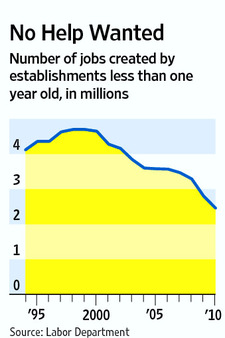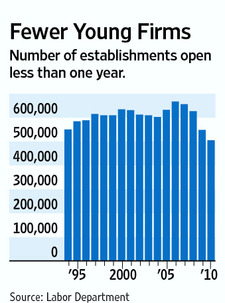(p. A15) . . . , consider two theories of economic destruction, which can be labeled the domino theory and the popcorn theory. Everyone knows the domino theory; it is the analogy that is commonly used to denote contagion. If one domino falls, it will topple the others, and conversely, if the first domino remains upright, the others will not fall. It is this logic that underlies most bailout strategies.
The popcorn theory emphasizes a different mechanism. When popcorn is made (the old fashioned way), oil and corn kernels are placed in the bottom of a pan, heat is applied and the kernels pop. Were the first kernel to pop removed from the pan, there would be no noticeable difference. The other kernels would pop anyway because of the heat. The fundamental structural cause is the heat, not the fact that one kernel popped, triggering others to follow.
Many who believe that bailouts will solve Europe’s problems cite the Sept. 15, 2008 bankruptcy of Lehman Brothers as evidence of what allowing one domino to fall can do to an economy. This is a misreading of the historical record. Our financial crisis was mostly a popcorn phenomenon.
. . .
But our financial crisis was caused by factors that affected the entire system, just as all corn kernels pop when they are warmed by the same flame. This lesson is important because interpreting our crisis as primarily a contagion event leads to the wrong strategies for dealing with potential disasters. After Lehman, Europeans seem to be so taken with worries of contagion that they are failing to emphasize remedies that actually have a chance of making things better. In their case, and in ours, the solution is primarily a reduction in the bloated size of government expenditures that come about by making promises that cannot be kept.
For the full commentary, see:
EDWARD P. LAZEAR. “OPINION; The Euro Crisis: Doubting the ‘Domino’ Effect; Preventing a Greek default will not reverse the lackluster growth that has plagued the other vulnerable countries for many years now.” The Wall Street Journal (Mon., OCTOBER 31, 2011): A15.
(Note: ellipses added.)







